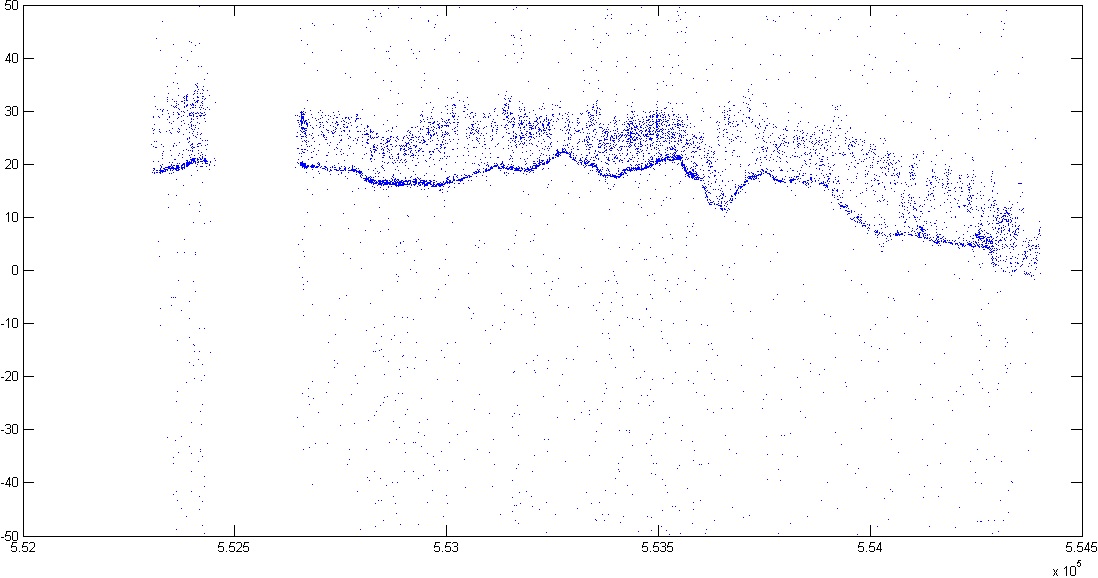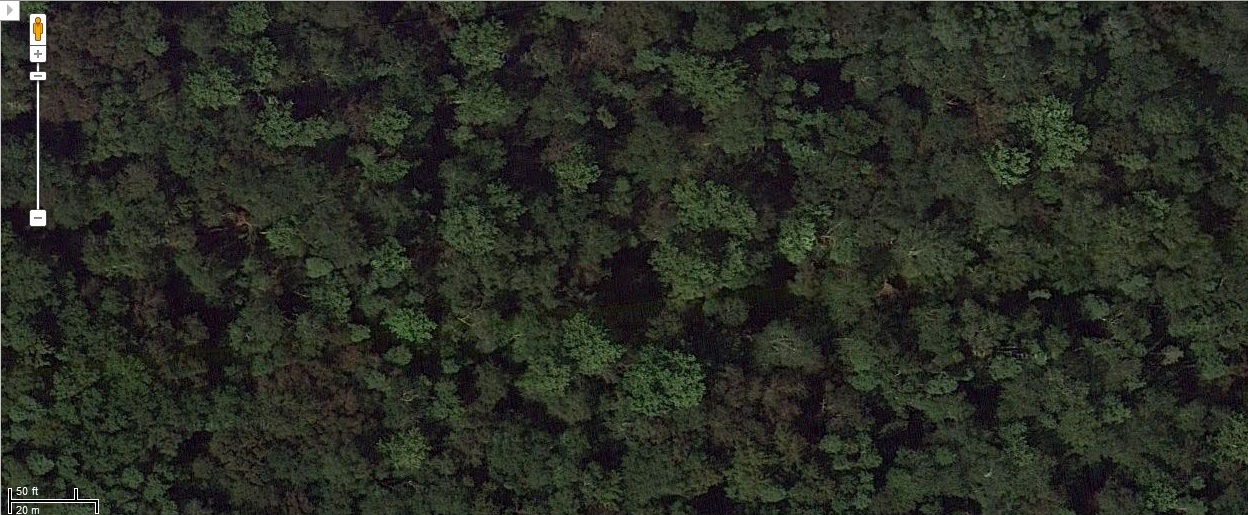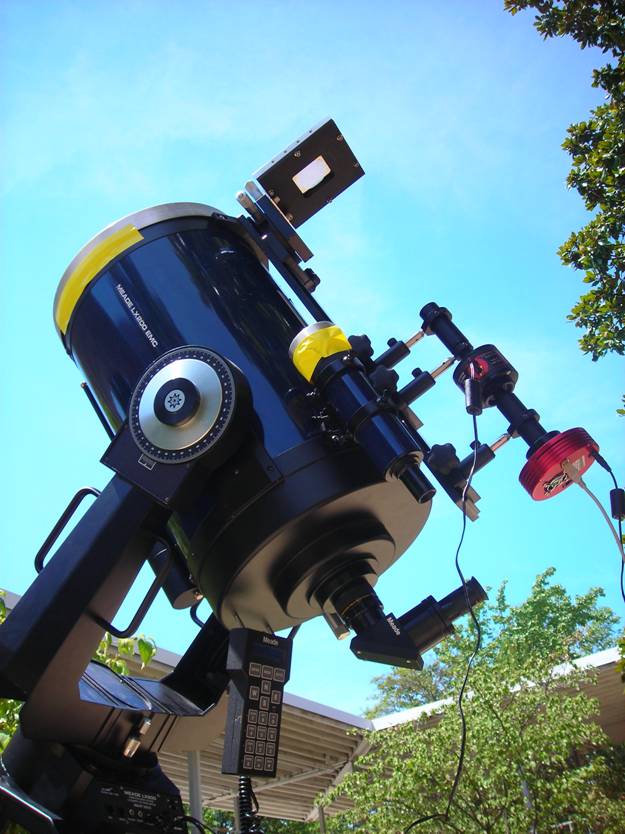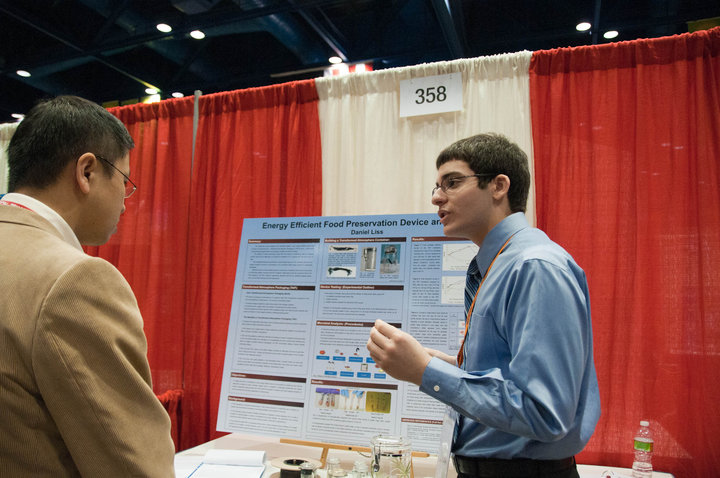Hello, my name is Tabitha Russell. I am a rising senior at Salisbury University; I am majoring in Information Systems and minoring in Finance. This summer I had the pleasure of interning with Code 155 under the Cost Accounting Section. I must say that I have enjoyed working with the Cost Team. They have enlightened me with several ideas and information regarding accounting principles and internal controls for the agency. Along with learning the standard operating procedures of a Cost Commercial Representative (CCR) Administrator, I did a research project on fees paid to NASA Contractors.
This research project was a tough subject, but interesting at the same time. I investigated how the financial policy is implemented across the center. Each CCR Administrator had different issues regarding contractor fees, such as billing issues, timing issues, or explaining the calculations. The biggest part of my project was my proposed recommendations for the issues that the CCR Administrators were having. I proposed to update the regulations and the NASA Procedural Requirements so that Cost Vouchers and Fee Vouchers are combined on one invoice. NASA has to pay for every Invoice/Voucher that is processed, and if we update these items, we will potentially save NASA millions of dollars.

Credit: Tabitha Russell. Tabitha presents her research at the Intern Poster Session.
As I went around the office introducing my research to my colleagues, some suggested that I submit my proposal to the Obama SAVE Award. President Obama believes the best ideas usually come from the front lines. That’s why in 2009 he launched the SAVE Award (Securing Americans Value and Efficiency), seeking ideas from federal employees to make government more effective and efficient, to ensure taxpayer dollars are spent wisely. I did enter the Obama SAVE Award a day before the deadline, but I did not get a chance to get agency votes. However, it was still a great experience.
I would like to thank my mentor Rodney Green and the Cost Team of Code 155 for a great summer! I really enjoyed myself and learned a lot.




.jpg)


